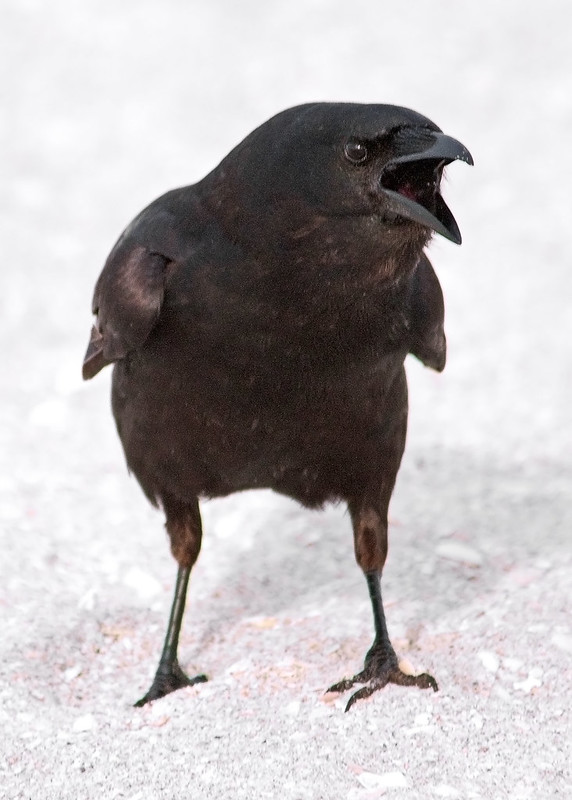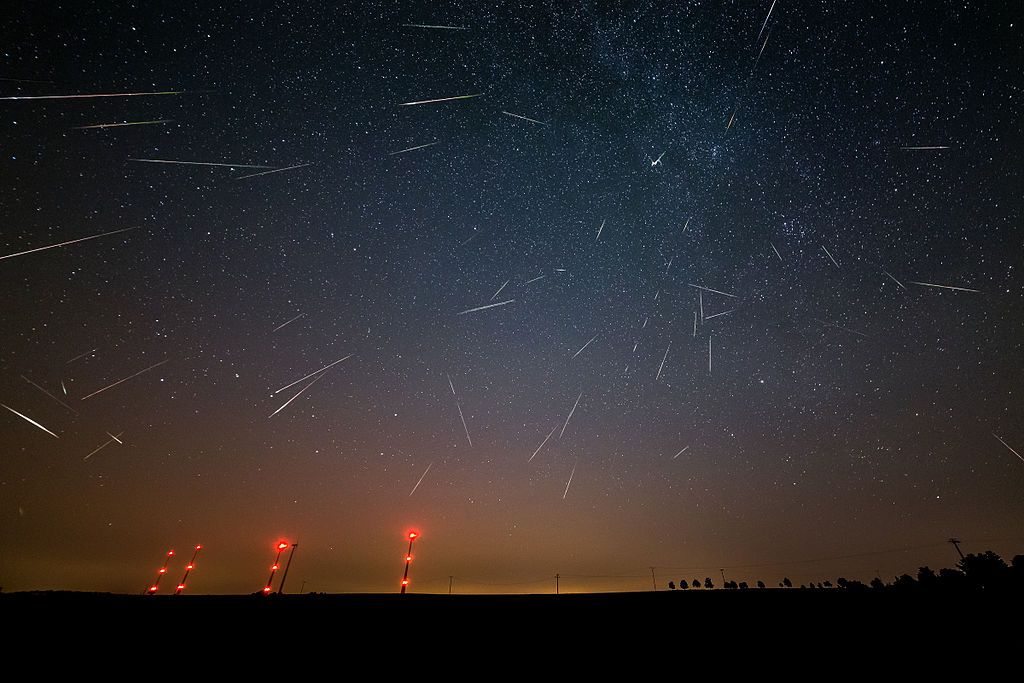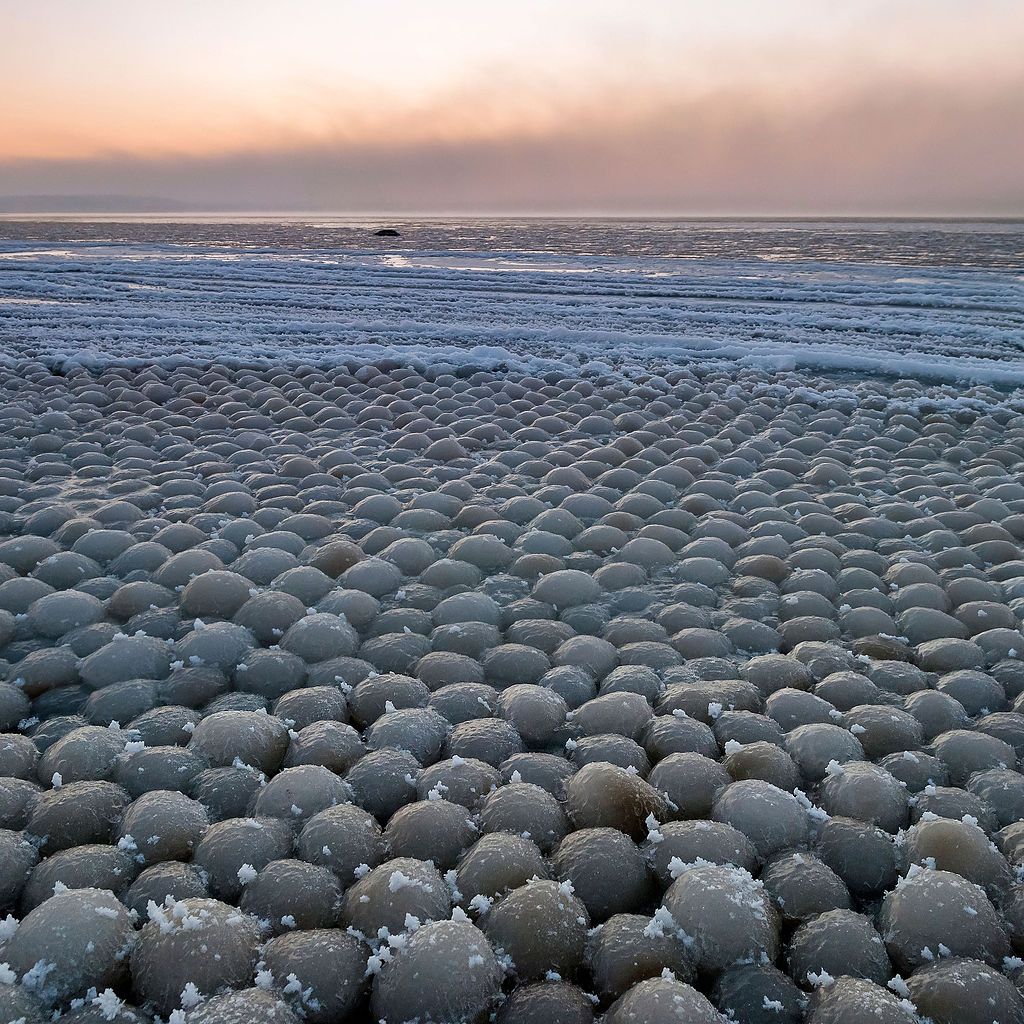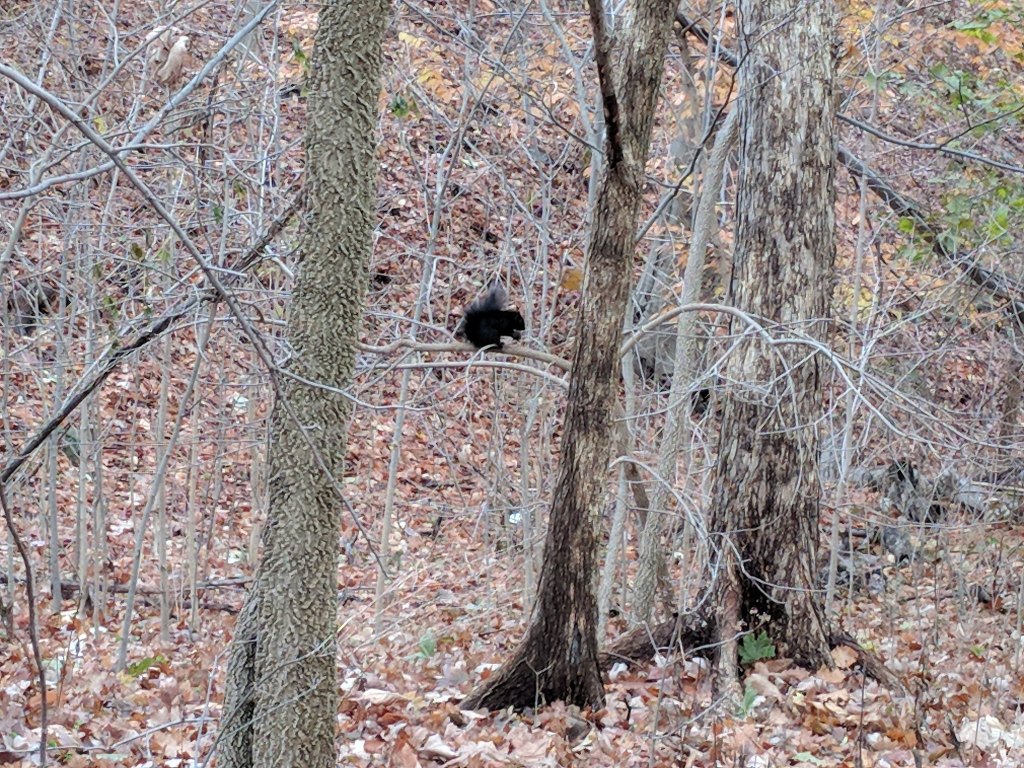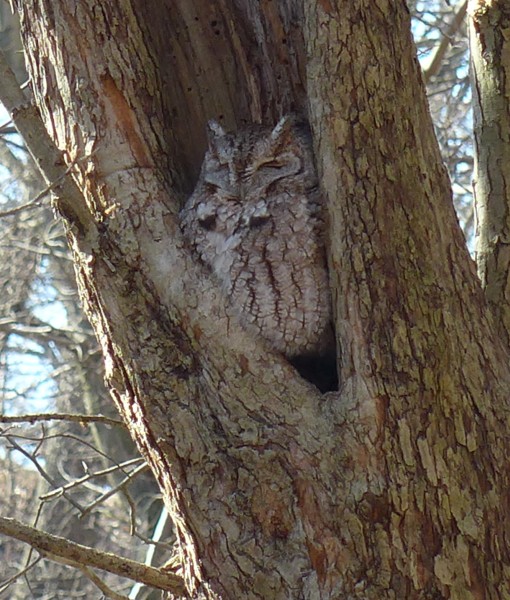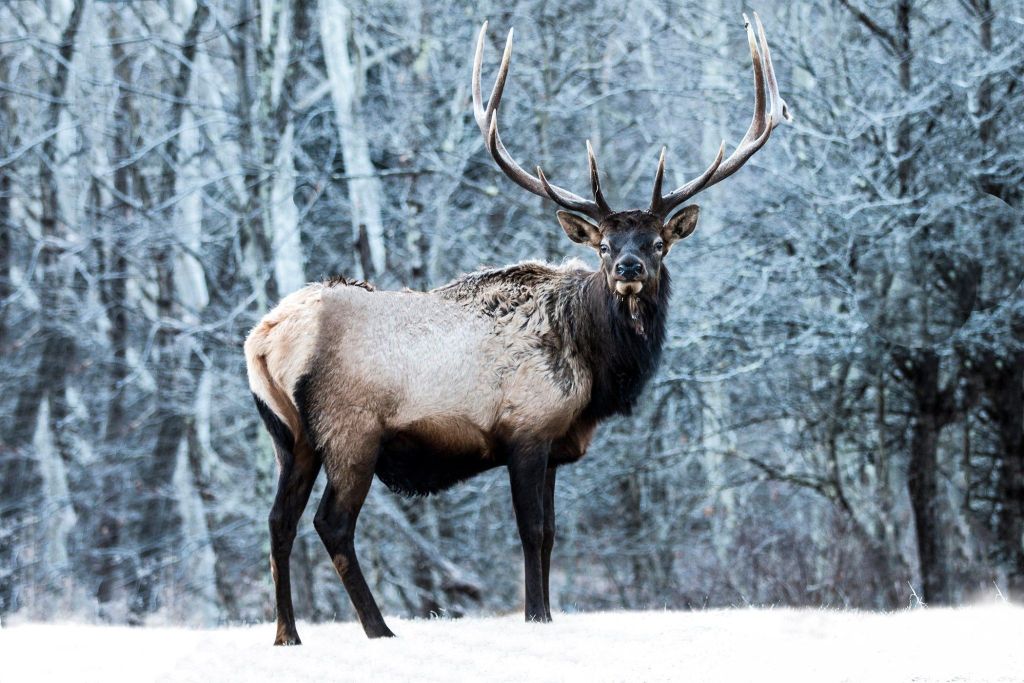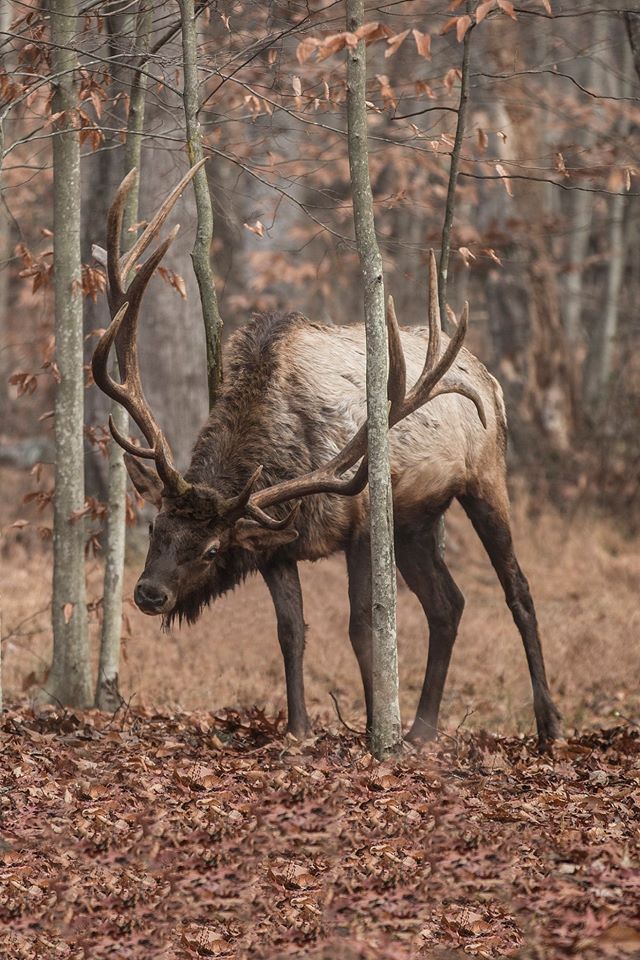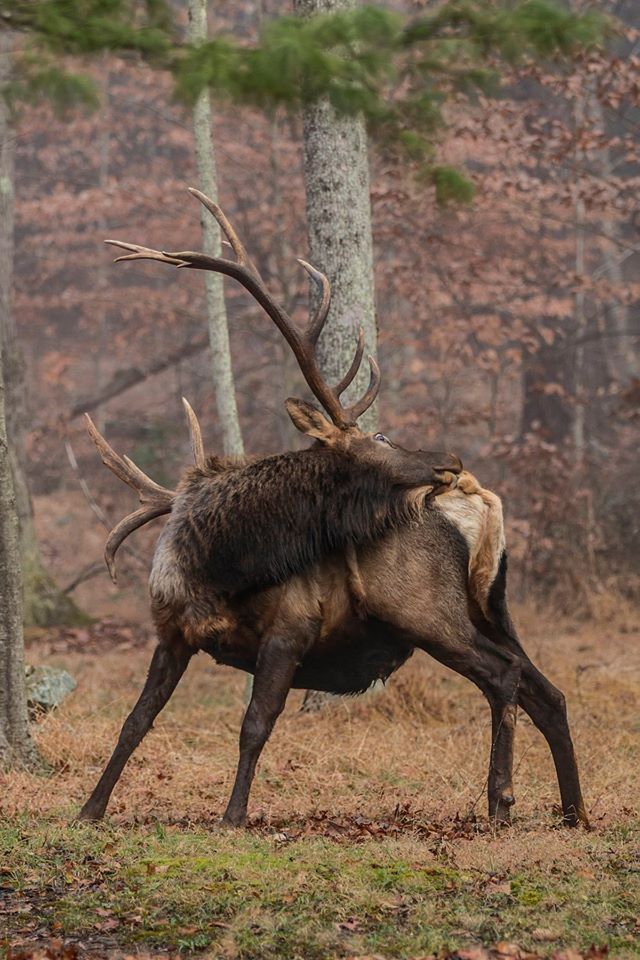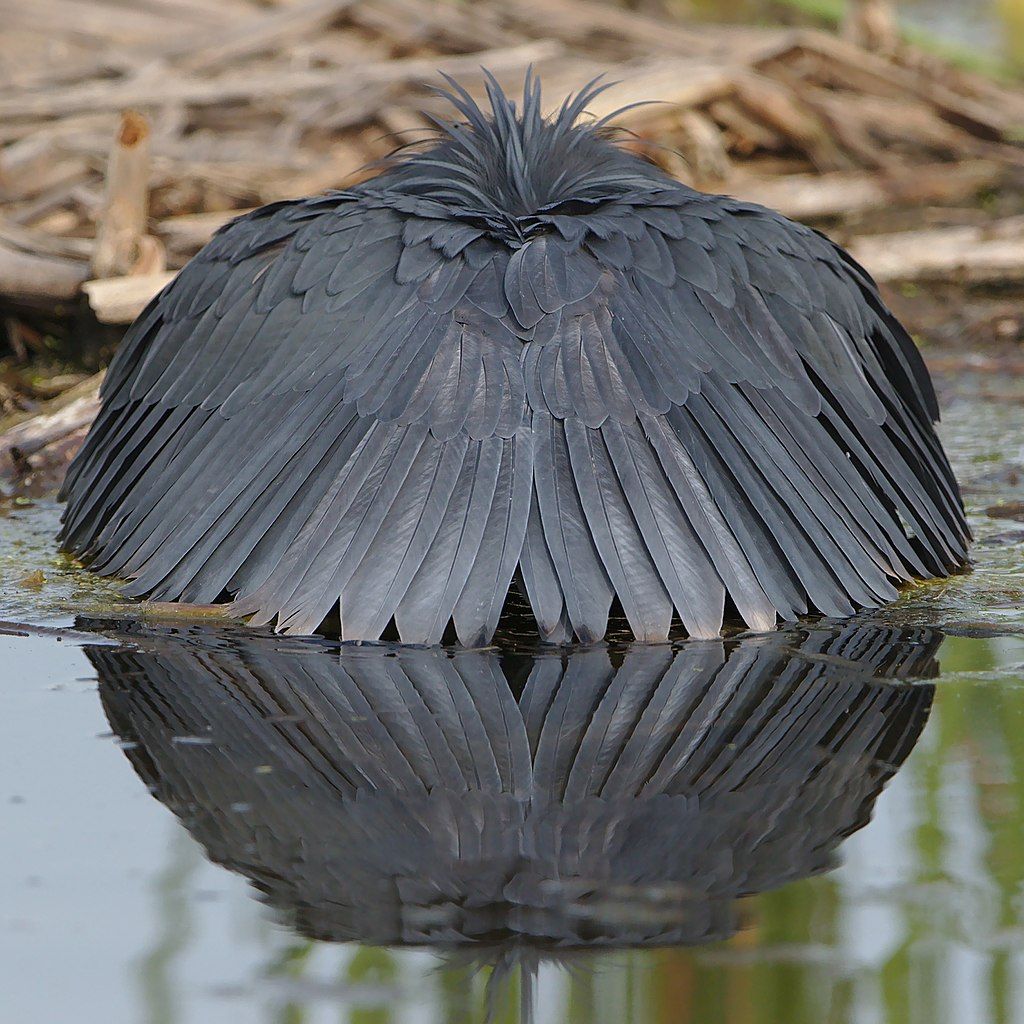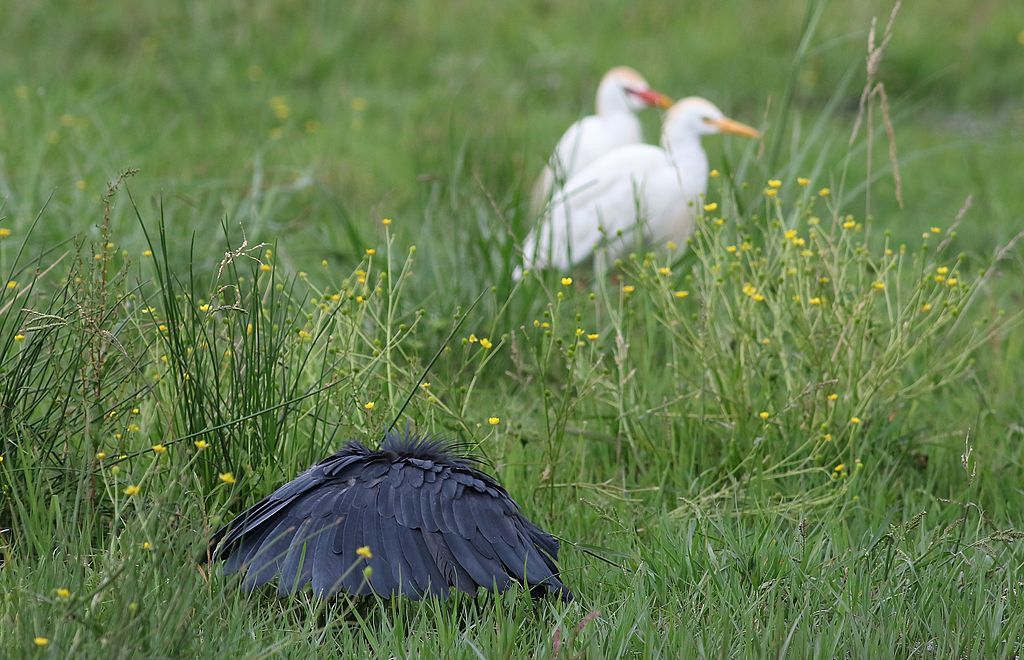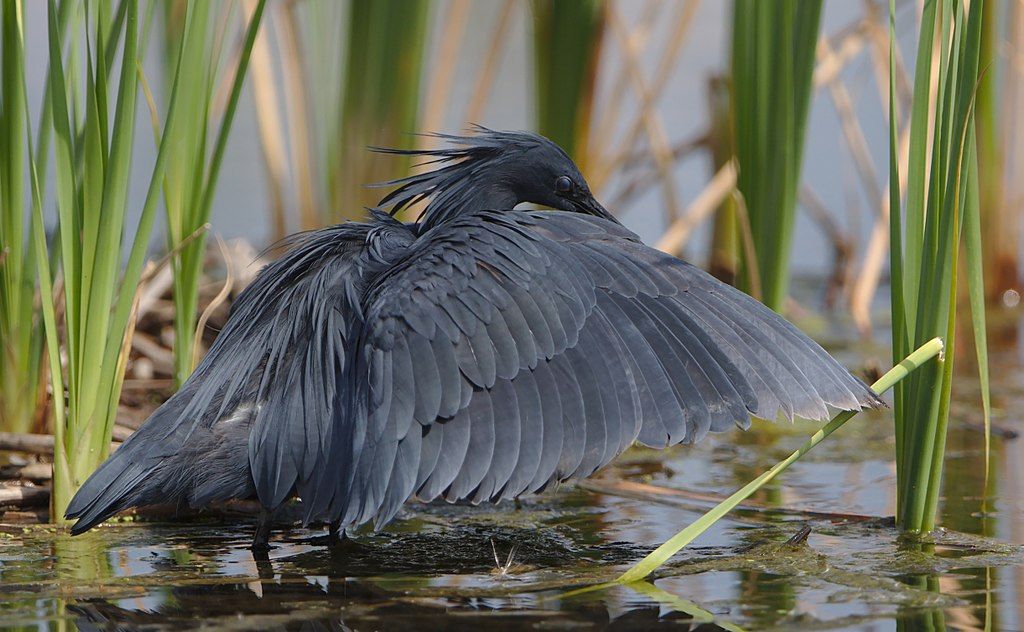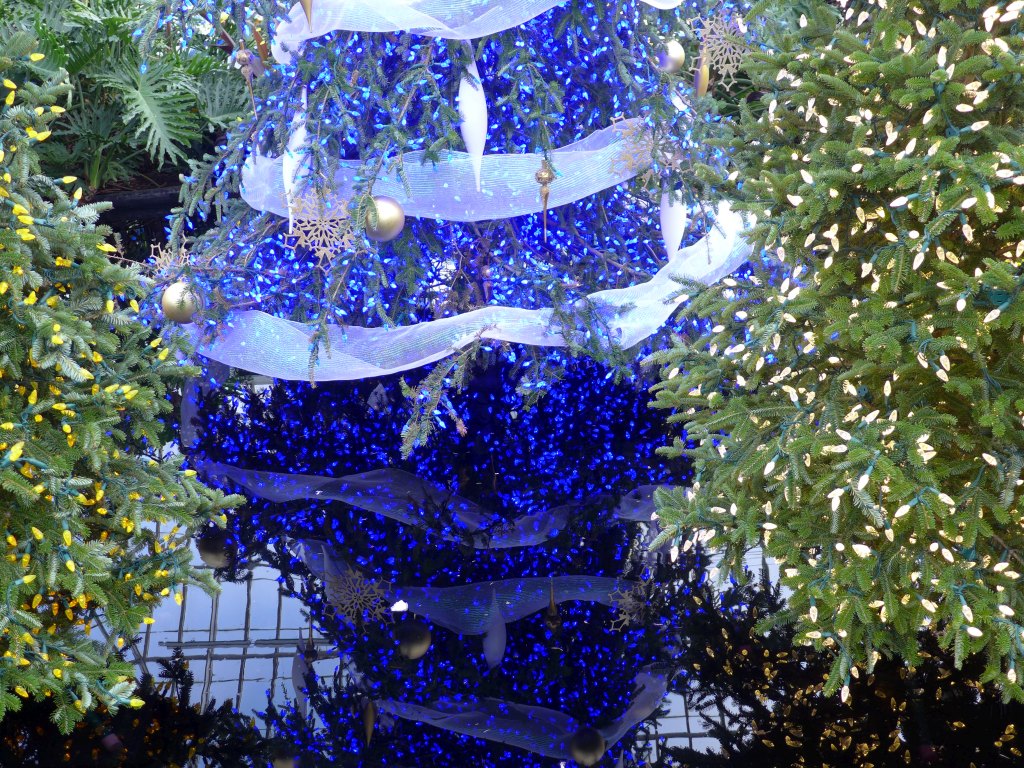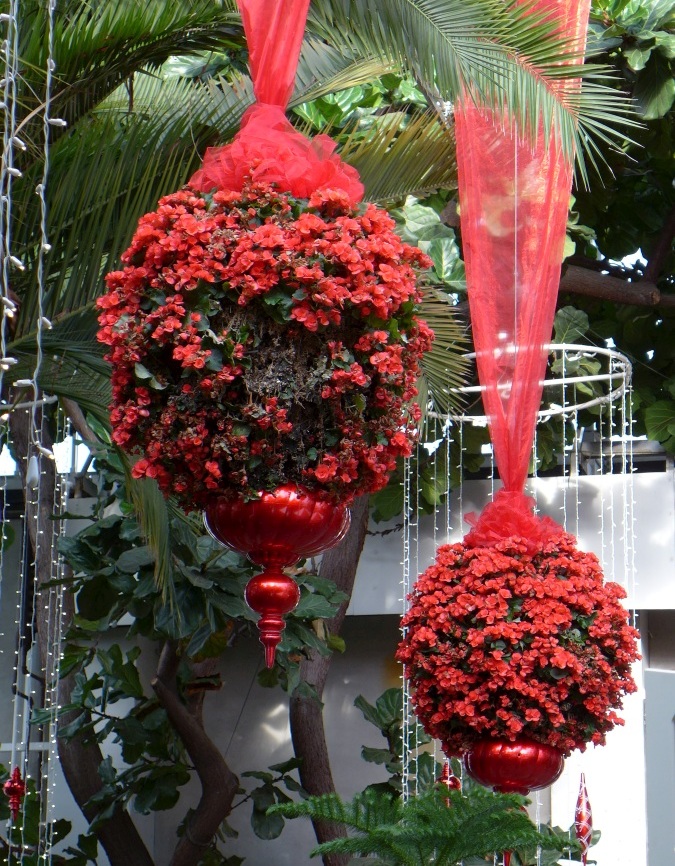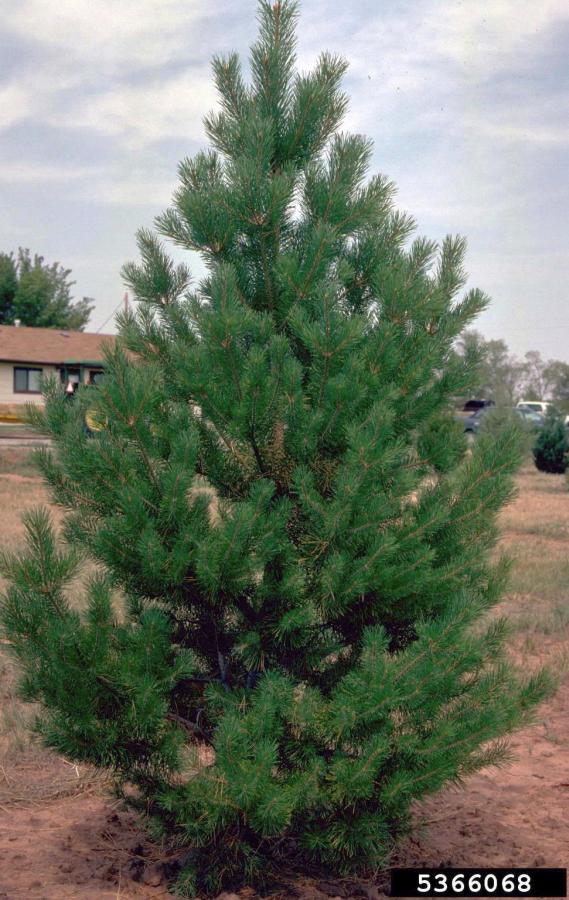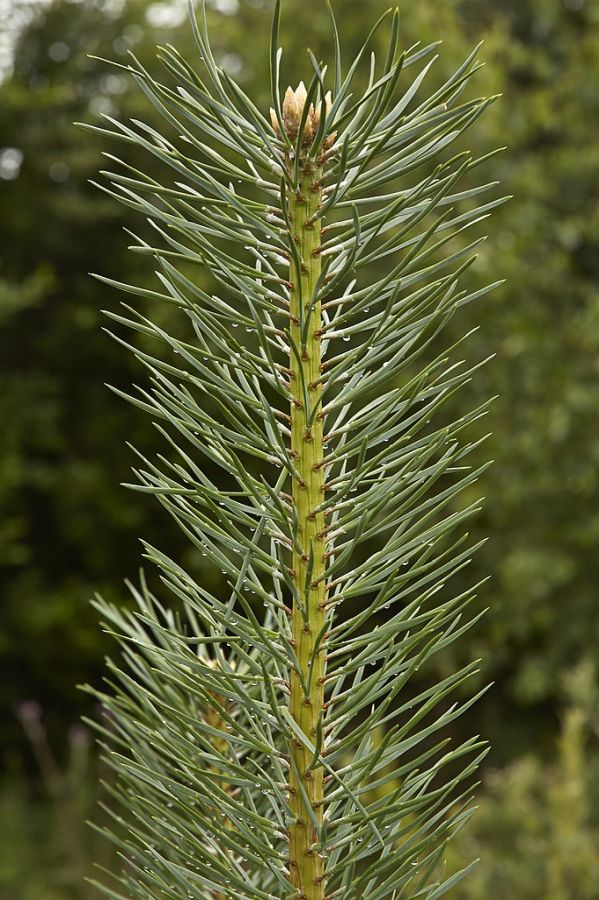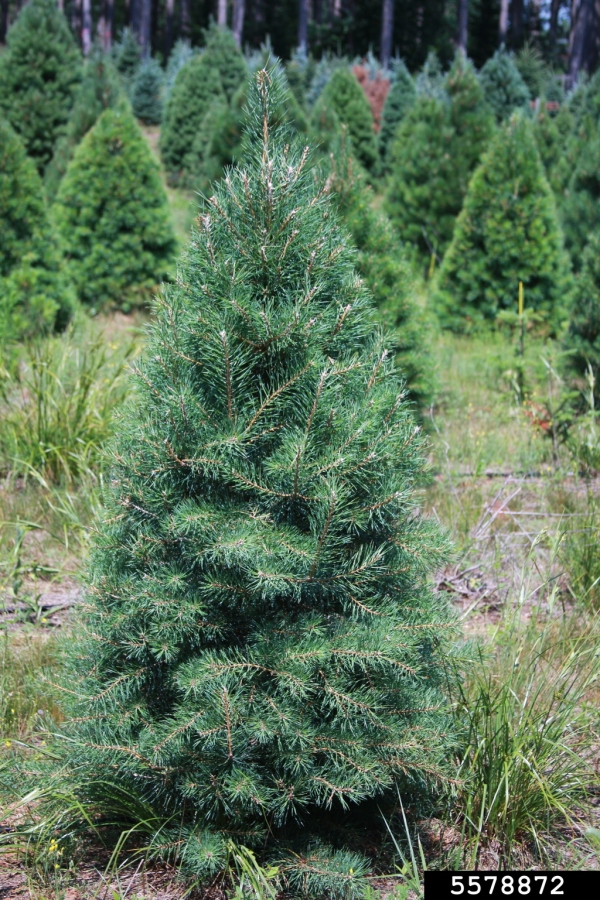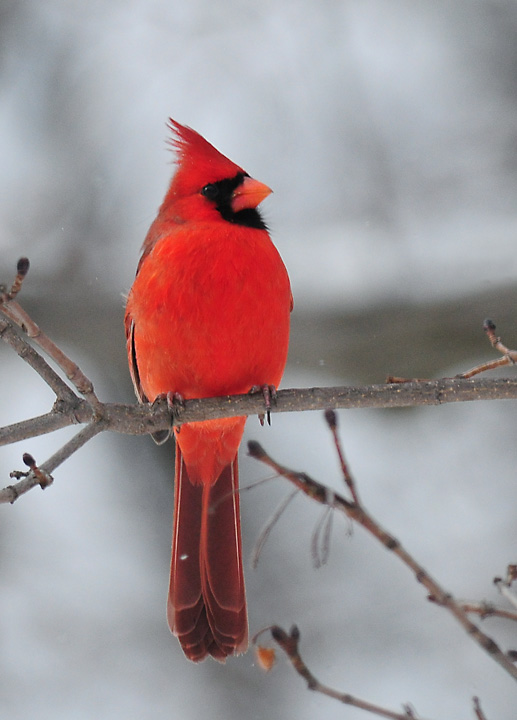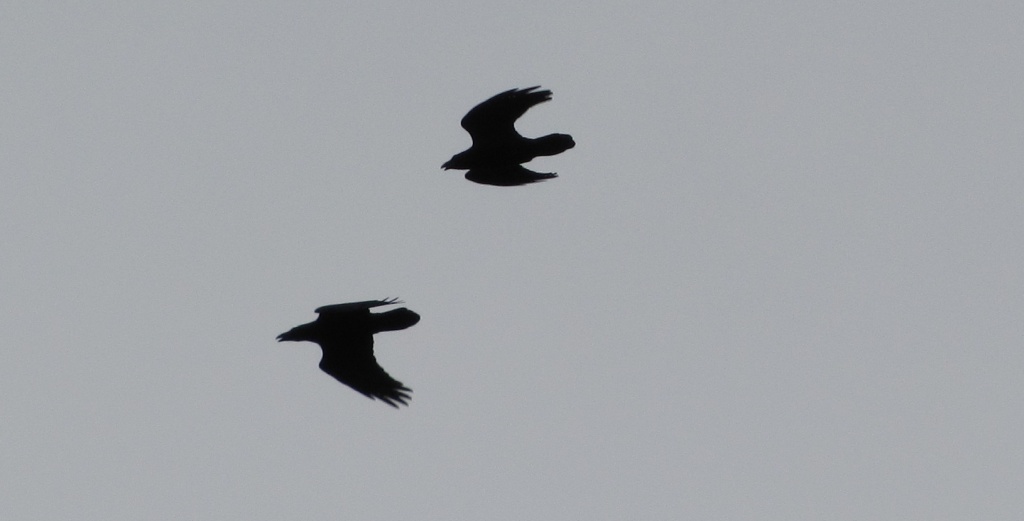
31 December 2019
Sweep(noun): In sports, a sweep is a series in which a person or team wins all games.
During the Pittsburgh Christmas Bird Count (CBC) last Saturday I saw every member of the crow family that occurs in Pennsylvania. It was a Corvid Sweep in my own city neighborhood!
Twenty corvid species can be seen in the US. but Pennsylvania hosts only four: blue jay, American crow, fish crow, and common raven. Blue jays and American crows are common, but until this century ravens and fish crows were quite rare in Pittsburgh. This year’s CBC tallied 7 ravens and 10 fish crows in the 15-mile circle, swamped by the presence of 10,000 American crows. (*)
The ravens (Corvus corax) were a real surprise. A group of four circled up and played in the sky over Hazelwood Greenway. I heard them call as they landed on the tallest structure for miles around — the radio tower next to Calvary Cemetery. Woo hoo!
Fish crows (Corvus ossifragus) are under counted in Pittsburgh because they’re hard to identify. They look like American crows, just slightly smaller. The only reliable way to identify a fish crow is by its nasal voice. If he doesn’t speak we don’t know who he is.
For sheer spectacle, though, nothing beats the winter crow flock coming in to roost. Claire Staples and I counted 10,000 from the roof of a parking garage near Trees Hall and we know we under counted, perhaps by half. This year the flock didn’t pre-roost west of us and, because buildings block the view, we never saw the crows that stream in from the Allegheny Valley and Shadyside.
But we did stop by the area of Bellefield, Bayard and Bigelow where 3,000 to 4,000 crows spend the night. This year they’ve abandoned Pitt’s campus, only two blocks away, and I think I know why. On December 18 at 5:00pm I was counting crows flying from Schenley Park toward Pitt when I saw the new resident female peregrine, Morela, escort them away from campus. Aha!
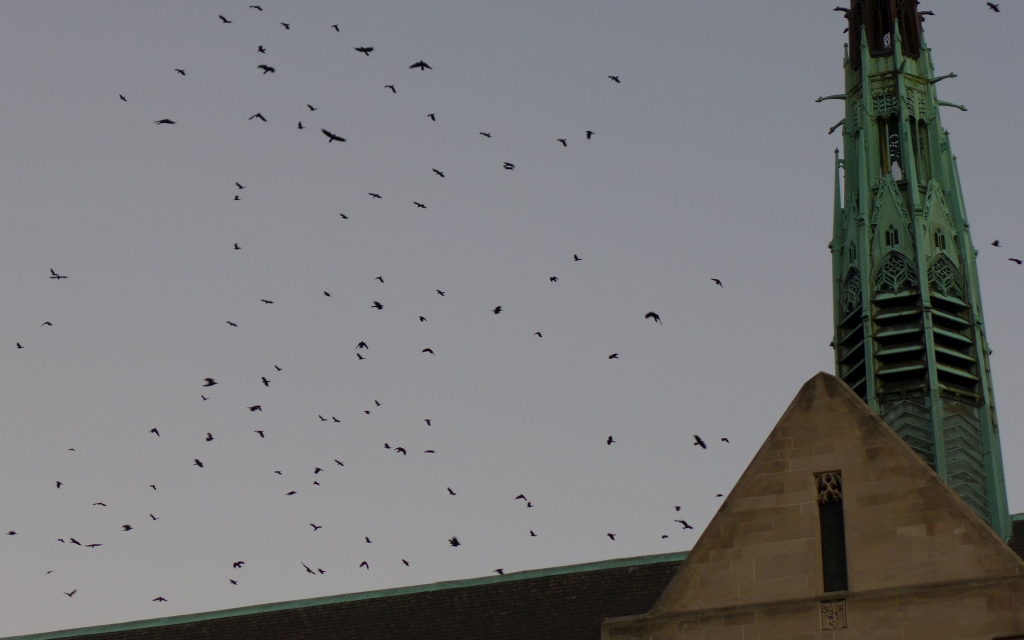
Hooray for the Corvid Sweep!
(photos by John Johnston via Flickr and Kate St. John)
(*) preliminary count as of 12/29/2019, before all the data is in.
